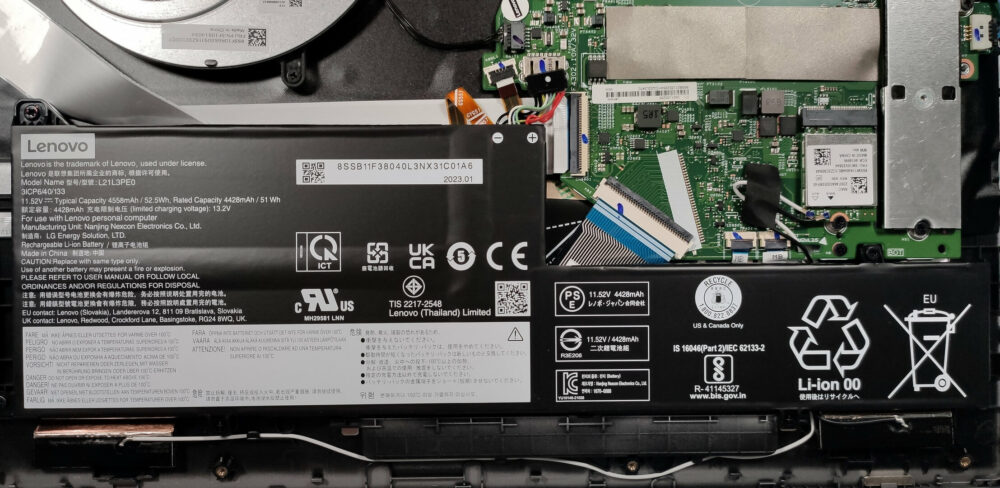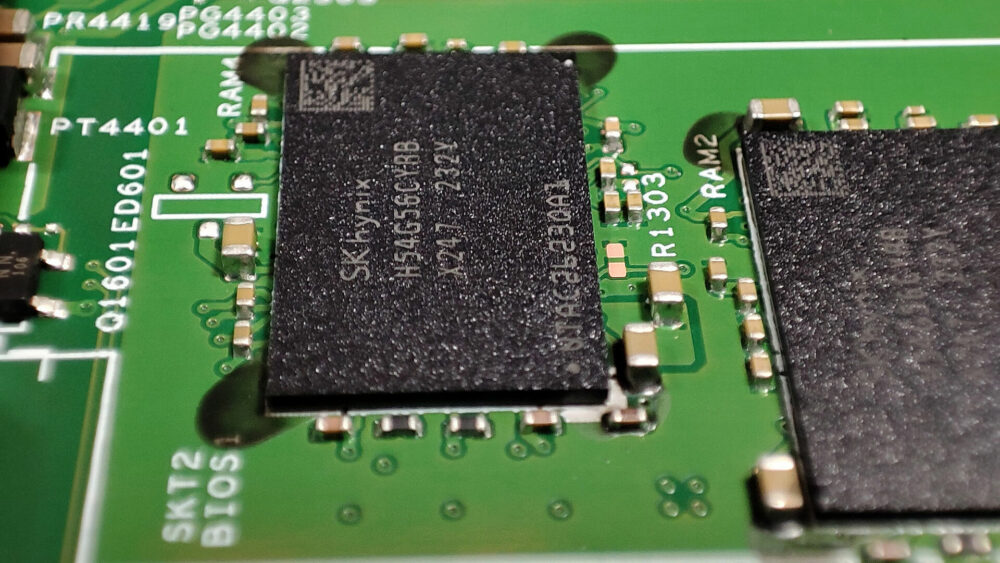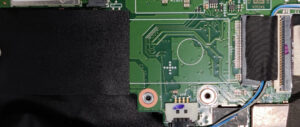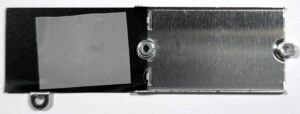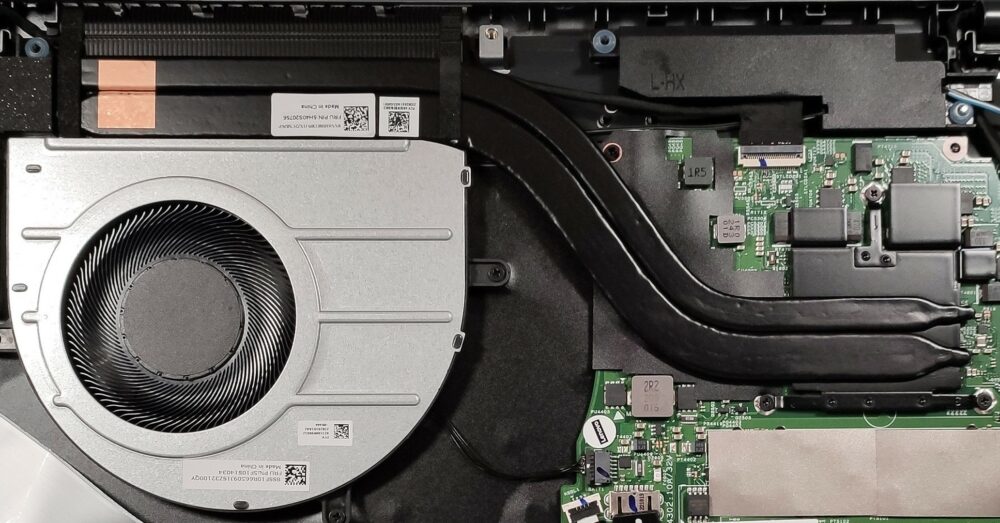How to open Lenovo IdeaPad Flex 5 (16″ AMD, Gen 8) – disassembly and upgrade options
Step 1: Opening the Lenovo IdeaPad Flex 5 (16 AMD, Gen 8)
- Ensure the Lenovo IdeaPad Flex 5 (16 AMD, Gen 8) is powered off and placed on a soft, clean surface to prevent scratches or damage.
- Remove the 9 Torx-head screws from the bottom of the laptop.
- Use a plastic pry tool to gently lift the bottom panel, starting from one of the top two corners and carefully working your way around.
Hint: Be cautious during the prying process to avoid damaging internal components or the clips holding the panel in place.
Step 2: Battery Removal
- Disconnect the battery connector from the motherboard to ensure safety during the removal process.
- Remove the 3 Phillips-head screws securing the 52.5Wh battery, then carefully lift it away from the chassis.
More info: The 52.5Wh battery offers up to 11 hours and 7 minutes of web browsing or 10 hours of video playback, providing solid battery life for productivity and entertainment.
Memory Overview
The Lenovo IdeaPad Flex 5 features soldered 16GB of LPDDR4x-4266MHz memory in dual-channel mode, offering optimized bandwidth for multitasking and smooth performance.
Storage Upgrade
- Locate the M.2 slot compatible with Gen. 4 (2242) SSDs for storage expansion. Note that due to AMD platform limitations, the slot operates at Gen 3 speeds.
- The installed NVMe SSD is shielded by a metal shroud with a thin thermal pad for enhanced cooling.
- Upgrading the SSD can significantly improve storage capacity and performance, enhancing overall system responsiveness.
Hint: Don’t forget to check out our Top M.2 SSDs Performance Rankings for insights on the best storage options available.
You can buy Gen 3 M.2 2242 SSD modules here: Buy from Amazon.com (#CommissionsEarned)
You can buy Gen 4 M.2 2242 SSD modules here: Buy from Amazon.com (#CommissionsEarned)
Cooling System Overview
The cooling system features one large fan and two heat pipes, designed to efficiently manage the thermal output of the device and maintain optimal performance under load.


